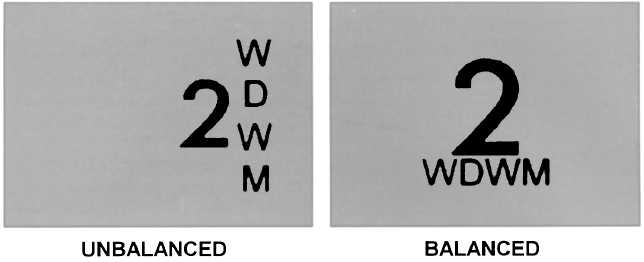Figure 14-18.—Unbalanced (left) and balanced station identification visual.
television set and must be used according to its gray scale
value. The best way to test colors is to check them with a
color television camera and monitor. You will find that
brown, purple, dark blue and black appear black on a
monochrome television; red, medium blue and medium
green appear dark gray; light blue, chartreuse, gold and
orange appear light gray; and pastels, bright yellow, light
gray and tan appear almost white.
Even a color television system acts as a filter — it
only sees a portion of the hue (color) and saturation (color
strength) that the human eye can see. Most color cameras
have trouble with the colors red and orange. Saturated
colors cause excessive video noise or color stretching over
the entire screen. Stripes or color banding also may show
up as color vibrations, thus disrupting the picture. Stay
with basic, solid colors — primarily blues and greens —
and avoid supersaturated reds and oranges.
Studies have revealed that color may influence our
judgments of size, weight and temperature, and even
affect our psychological state of mind. Colors are viewed
as “high energy” or “low energy.” Cool colors are
considered low energy; warm colors are termed “high
energy.” Make sure you avoid using two colors that have
the same value on the gray scale.
BALANCE AND COMPOSITION
Balance and composition are also important factors
when you design television visuals. For full screen visuals,
make sure the design is balanced and aesthetically
pleasing to the viewer. Try to visualize the final, on-air
picture before you use it in a production. An example is
the station identification visual shown in figure 14-18.
LETTERING
Letters too small or too thin will not be seen by the
viewer. A general rule of thumb is not to use letters
smaller than 15 to 20 percent of the essential area. If the
visual is too busy or includes too much material, it will
probably distract your audience. Five or six lines of 15 to
20 characters is considered the most a viewer can handle
at onetime.
TELEVISION MICROPHONES
LEARNING 0BJECTIVE: Recognize the types of
microphones used in television productions.
Sound plays a vital role in the television
communication process. Most human intelligence is
transmitted through sound; therefore, good quality sound
is an important part of television. However, good quality
sound is rather difficult to achieve at times because sound
sources may be in motion, talent may speak to the camera
and not into the microphone and microphones must
sometimes be hidden from the view of the camera. To
help solve these audio problems, you should have a basic
understanding of television microphones.
Microphones are usually classified according to the
way they pick up sound, also known as their polar pattern.
Sound in physical terms is the vibration of air particles or
small fluctuations of air pressure that spread like waves
from a source of sound. Human ears respond to this
change in pressure within a sound field. Similar to a
human ear, microphones respond to the change in air
pressure created by sound waves and convert the
fluctuations of pressure into electrical current.
14-19

